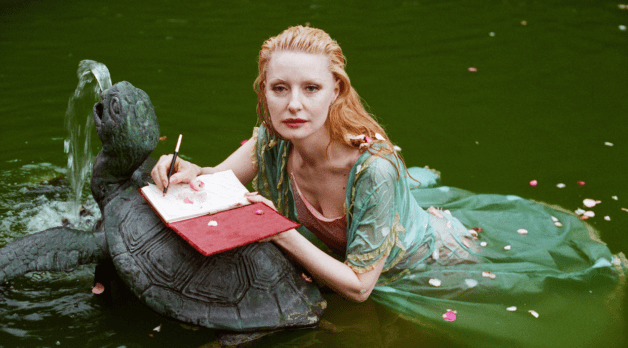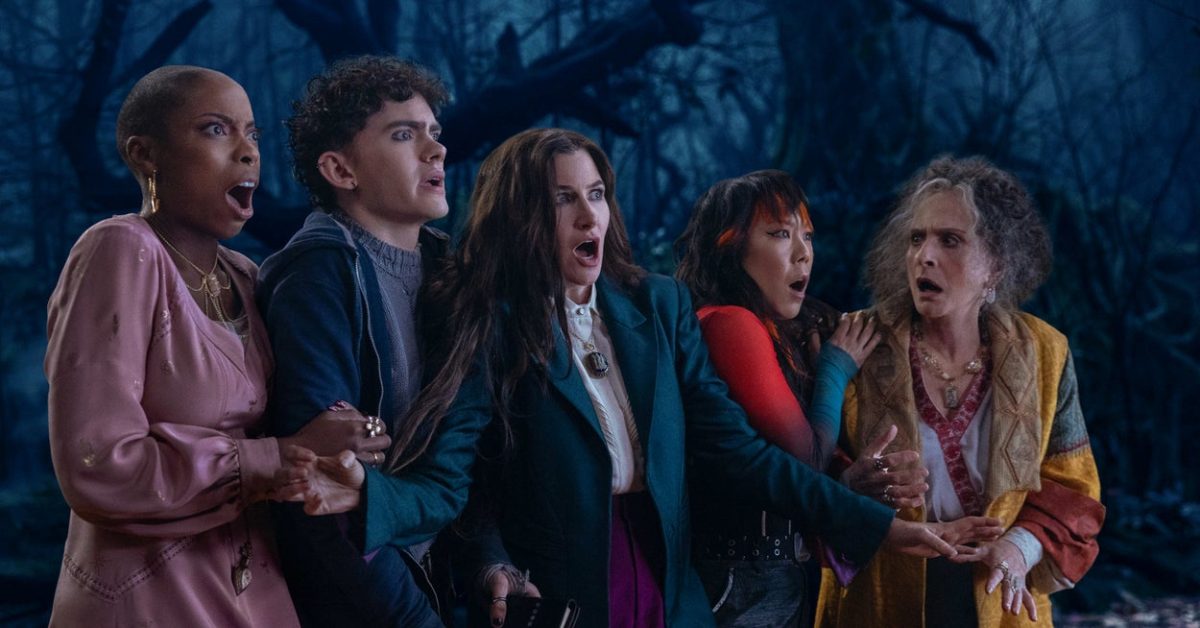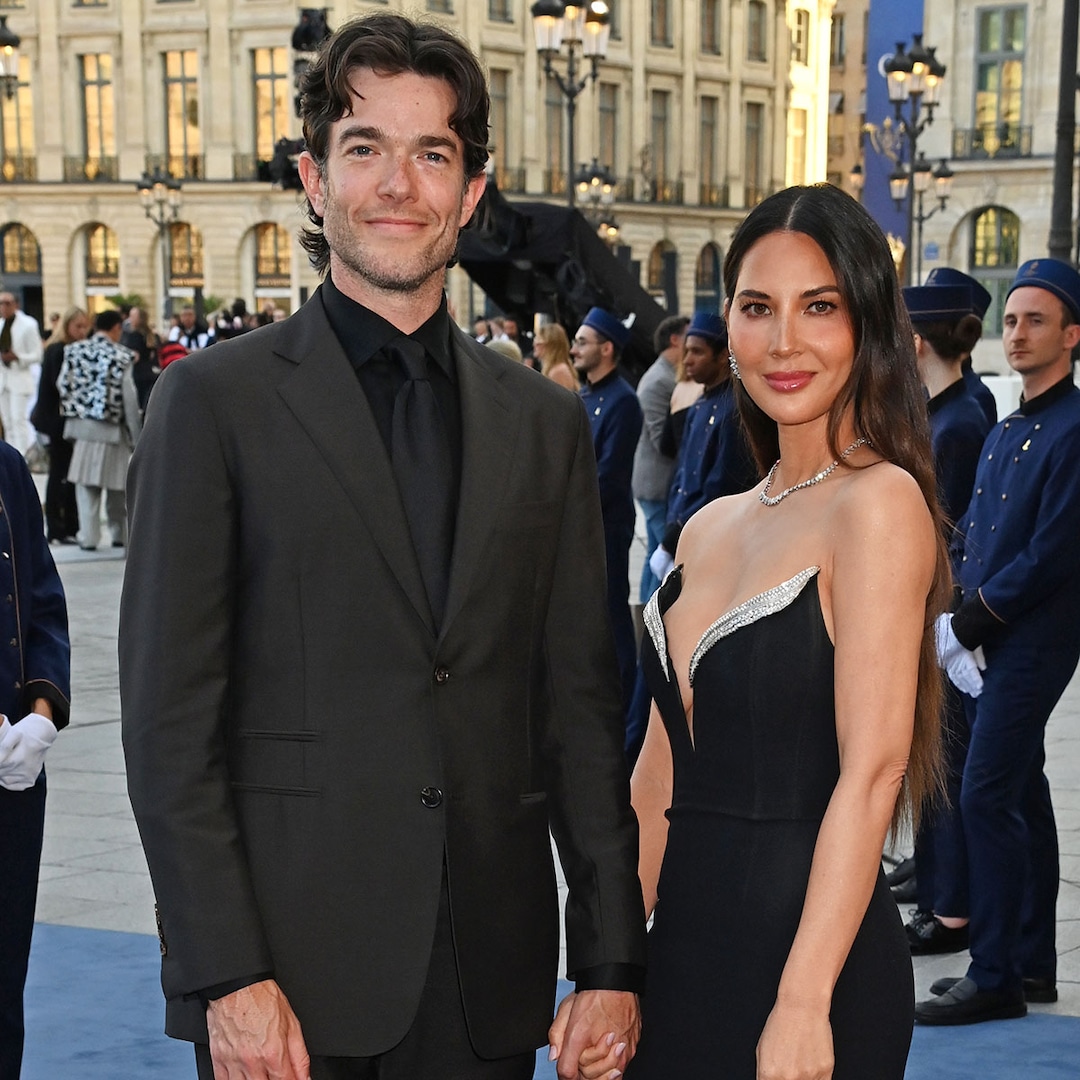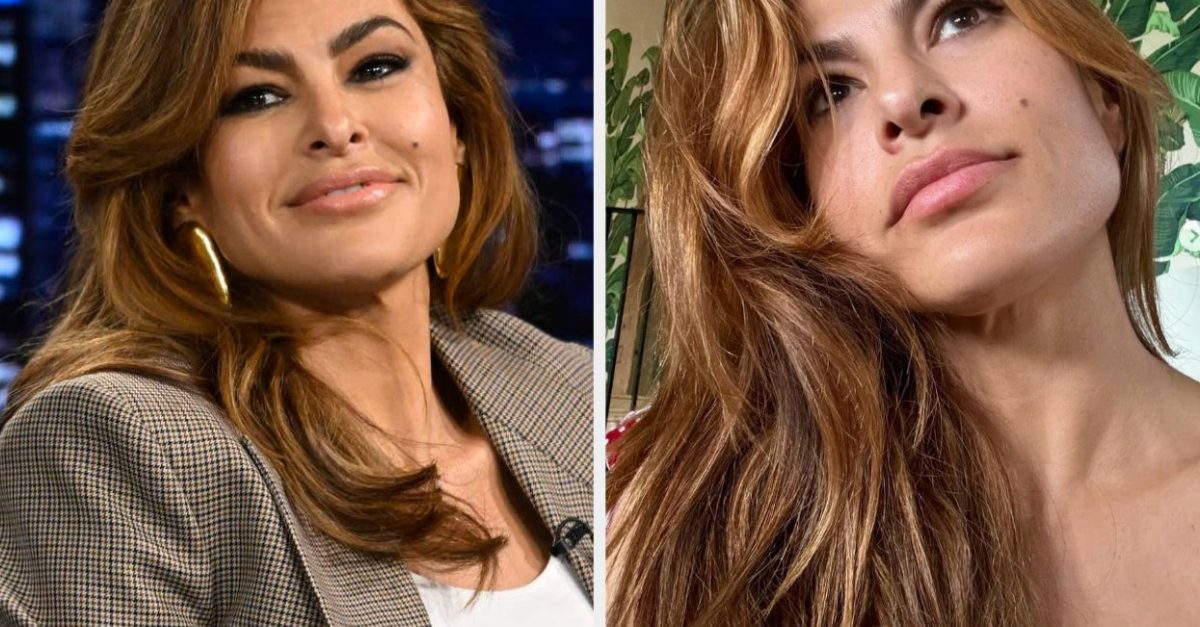
“…Feminist Thought and Knowledge of Bodies With a Vulva Have Been Suppressed Over and Over Again”: Editor Eileen Meyer on The Disappearance of Shere Hite
Jan 31, 2023
The Disappearance Of Shere Hite, courtesy of Sundance Institute.
Still one of the bestselling books of all time since its publication in 1976, The Hite Report offered a groundbreaking look at women’s sexual desires through anonymous survey responses. Despite its success at demystifying vulvas and those who possess them, the book’s author Shere Hite has remained a relatively obscure figure in popular culture. Filmmaker Nicole Newnham’s latest, The Disappearance of Shere Hite, attempts to bring this woman back into relevancy while investigating why her legacy has gone unspoken for so long.
Editor Eileen Meyer tells Filmmaker about her experience cutting this project, also offering insight on she came to work in the industry in general.
See all responses to our annual Sundance editor interviews here.
Filmmaker: How and why did you wind up being the editor of your film? What were the factors and attributes that led to your being hired for this job?
Meyer: I worked closely with Nicole Newnham on the 2020 film Crip Camp. We developed an immediate comfort with one another on that film, and our collaboration style left us both with a strong desire to work together in the future. When she approached me about the Shere Hite project, I was immediately intrigued. I spent many, many hours researching Shere and her work while we waited for the funding to come together, and it was very clear to me how captivating her story could be on film. NBC News Studios teamed up with This Machine in early 2022, and we started editing right away. It was a whirlwind from there.
Filmmaker: In terms of advancing your film from its earliest assembly to your final cut, what were goals as an editor? What elements of the film did you want to enhance, or preserve, or tease out or totally reshape?
Meyer: Our immediate goal was to figure out the film’s language: the elements, pacing, music, and voice. As a result, we approached the cut linearly, so the first 20–30 minutes of the edit was very refined before we started building the rest of the assembly.
Once we felt collectively comfortable with the film’s language and key elements, it was easier for us to build the remainder at a faster pace and with a clearer vision for the storytelling.
There were a lot of different available elements: Shere’s personal archives at Harvard housed thousands of tiny scraps of paper with her ideas and thoughts scribbled down, hundreds of hours of archival video, her several published books including a personal autobiography, and hundreds of original and anonymous surveys in both written and audio form.
One of our most important goals was to tease out and enhance Shere’s relationship to her anonymous survey respondents. It was essential for us to highlight the intimacy of that dialogue and how she ultimately passed those confessions on to the public through her books. The scraps of paper in her personal archive proved to be particularly valuable for how we constructed Shere’s first person voice, which drives much of the story. This also helped showcase how personal the material was to Shere, a key element to her character.
It was essential for us to emphasize that Shere believed that the personal was political. She pushed boundaries, confronted biases around gender roles, and continued to confront the politics head-on, even as her questioning of societal norms drew more controversy.
Finally, and most importantly, we set out to highlight how feminist thought and knowledge of bodies with a vulva have been suppressed over and over again for centuries.
Filmmaker: How did you achieve these goals? What types of editing techniques, or processes, or feedback screenings allowed this work to occur?
Meyer: We were up against a very short timeline, so we felt the best way forward was to build the film sequentially from beginning to end. Each step, and every decision, was built upon the previous scene or sequence of scenes in order to maintain consistent rhythm, tone, and story.
Our first full assembly wasn’t complete until right before the Sundance submission deadline. Fortunately, by that point, we had a really strong sense of overall structure, and we were able to workshop each scene and sequence as we were building to ensure a polished rough cut.
We worked with a few story consultants for perspective at each stage of the process and our consulting editor, Mary Lampson, was essential for mentorship, providing us with a week-long edit workshop at the midway point of the edit and many rounds of notes and feedback along the way.
Several feedback screenings in the last months yielded the reactions, and points of feedback we needed to help us make it to the fine cut.
Filmmaker: As an editor, how did you come up in the business, and what influences have affected your work?
Meyer: I studied documentary film at Hampshire College, and I realized during my year-long thesis project that editing was my favorite part of the end-to-end process.
My first job after college was at a small documentary production company in New York. I moved from unpaid intern to doing everything — office manager, camera assistant, boom operator, production assistant, assistant editor — as the size of the company enabled me to try out a wide variety of jobs. As an assistant editor, I had the privilege of working with Nancy Baker as my first mentor, and she shaped me and my work and ultimately deepened my desire to pursue editing.
After that job, I moved to Memphis, TN and began focusing on my own film projects about local music history, and lived there for six years. During my time in Memphis, I worked with several inspiring directors who mentored me and gave me my first editing jobs. Since it was a smaller city, I was able to move up from assistant to editor very quickly.
After moving to Los Angeles in 2013, I edited my first feature documentary as co-editor on the film Best of Enemies, a collaboration between director Morgan Neville and director/music writer Robert Gordon. I was lucky enough to co-edit this film with Aaron Wickenden, who became my next great edit mentor on several films since then. After the release of Best of Enemies, I pursued the Karen Schmeer Editing Fellowship and was accepted on my second round of applying in 2016. That opened many doors for my career.
Filmmaker: What editing system did you use, and why?
Meyer: I’ve been editing on Avid for the past few films. I do prefer Premiere Pro, as it’s far more intuitive for me since I learned on [Final Cut Pro] 7 — the greatest software ever to exist.
Filmmaker: What was the most difficult scene to cut and why? And how did you do it?
Meyer: There were many complex scenes in this film, but the one that stands out as most difficult is with the illustrator Robert McGinnis, who worked with Shere early on in her modeling career. She served as inspiration for his pulp fiction book covers and illustrated posters.
Shere was Robert’s muse, and as a result he produced hundreds of photos, pencil drawings, paintings, and art pieces that covered his studio where we interviewed him. Given the volume of tiny elements, we had to cut the scene as a montage to honor the complex artistic process they shared together.
I find montages, by nature, to be the most challenging scenes for me to edit, and this particular sequence was exponentially more difficult. This film has quite a few montages, in general, so I suppose I got the opportunity to hone my skills!
Filmmaker: Finally, now that the process is over, what new meanings has the film taken on for you? What did you discover in the footage that you might not have seen initially, and how does your final understanding of the film differ from the understanding that you began with?
Meyer: The deeper we got into Shere’s world and psyche the more vulnerable and passionate she became to us, and ultimately the more vital it was to paint the portrait of her life, work and erasure.
At first, Shere seemed like a performer — a bit cold, collected, and odd — because all we had access to were her media appearances, many of which were later in her career after years of attacks and criticisms. But once we interviewed those who knew her best and loved her most, and after we dove deep into her personal archives, a portrait of her innermost thoughts and artistic process emerged. We learned about her passion — and compassion — for her topics, survey respondents, and politics. We were blown away by this incredible woman and even more honored to have the opportunity to tell her story.
Publisher: Source link
Every New Character Added To The MCU
Agatha All Along: Every New Character Added To The MCU Realizing that Wanda took all her power, Agatha's solution lies at the end of The Witches' Road, a series of trials that will reward those with what they are missing…
Oct 26, 2024
John Mulaney Shares Emotional Tribute to Wife Olivia Munn
"She shared her story to help anyone she could," John, who wed Olivia in July after three years together, continued. "According to the National Cancer Institute, in the week after Olivia shared the story of her breast cancer journey, there…
Oct 26, 2024
Eva Mendes Said There Have Been Times Where She’s “Regretted” Getting Cosmetic Work Done And Had To “Wait It Out”
Eva, who turned 50 this year, has previously said she would “never deny” getting cosmetic work done.View Entire Post › Disclaimer: This story is auto-aggregated by a computer program and has not been created or edited by filmibee.Publisher: Source link
Oct 25, 2024
Nicole Kidman Confirms Another Iconic AMC Ad Is “In the Making”
Nicole Kidman's 16-Year-Old Daughter Looks All Grown Up in Rare Public AppearanceWe come to this place for Practical Magic. At least, that’s a past role Nicole Kidman is channeling to tease that another AMC ad—like the movie theater chain’s original…
Oct 25, 2024










